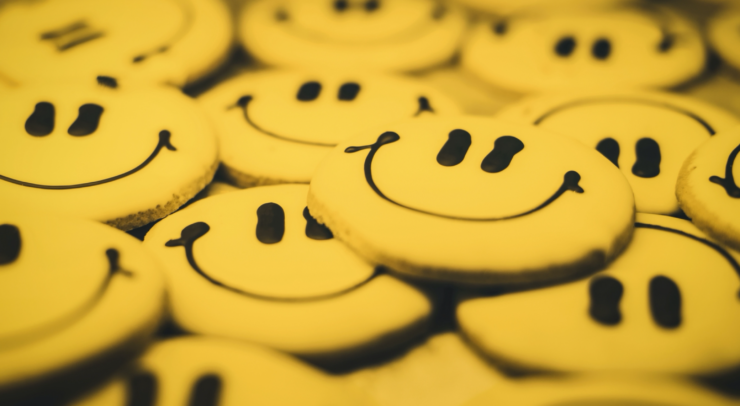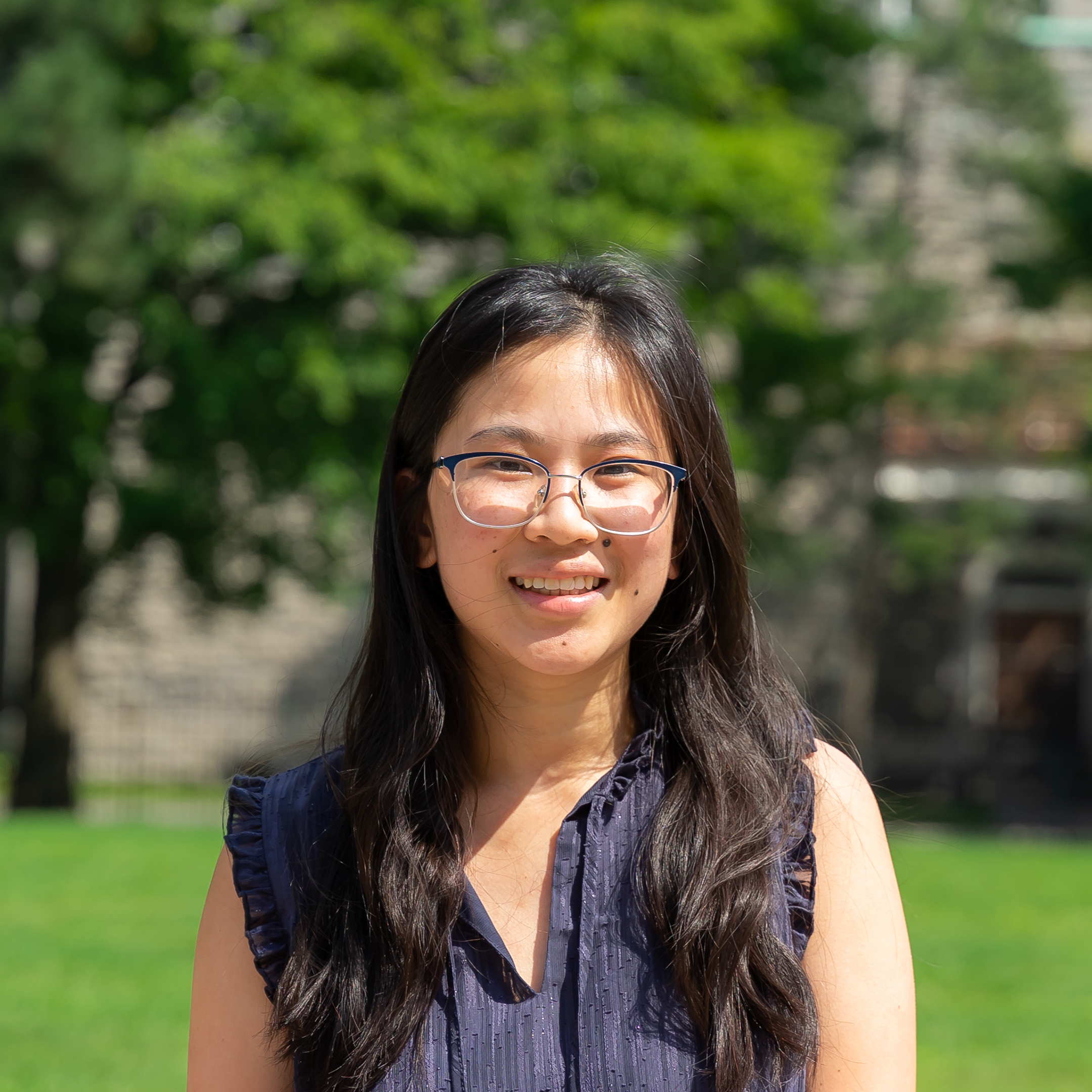BROUGHT TO YOU BY THE WOMAN WHO CREATED THE HAPPINESS LAB
Yale University is offering a free course called the science of well-being taught by professor of psychology Laurie Santos, host of a well-known podcast The Happiness Lab. What I ultimately learned is that everything that we thought would make us happy actually doesn’t — I’m devastated.
The course is over nine hours long and is spread over the course of 10 weeks. However, my terrible habit of consuming all media at a bingeing pace has given me the opportunity to watch the entire course and provide you lucky readers with the highlights. So, here goes.
This course is not a cure-all for depression or a replacement for psychiatric treatment. This course is about how to improve your mental health and overall sense of well-being, it is not about overcoming genuine mental illness.
Now that that’s out of the way, onto the summary.
Misconceptions around happiness
The things we think are going to make us happy such as good grades, money, fame, etc. It doesn’t. This is not to say that they don’t make us happy at the beginning, however it’s very fleeting and eventually we have to return to baseline, and we always do.
Although this isn’t entirely bad news since 40 per cent of our happiness is under our control and not determined by genetics, our minds’ strongest intuitions about how much something is going to make us either happy or unhappy are very often wrong. In other words, you can’t rely on your big dumb monkey brain.
Our minds also don’t think in terms of absolutes — we judge relative to reference points. Meaning we compare how happy we should be based on our surroundings. So as a thought experiment, even if you were making plenty of money, if everyone around you was also making substantially more money, you’re going to ultimately be unhappy.
How to be happier
We also don’t realize that our minds are built to get used to things — call it our adaptive nature if you want, or more formally hedonic adaptation. This is the reason why we find ourselves constantly shifting the goal post or moving the milestone of things that we think are going to get us to a state of happiness.
In terms of how to be happier, the first piece of advice was to invest in experiences over any kind of material thing. Okay noted — next up is thwarting our hedonic adaptation by savouring really enjoyable moments and staying grounded in the present. Great, what else? Well, the course also explained that using negative visualization by imagining if we didn’t have that awesome thing, or thinking as if today was our last day on Earth can increase gratitude — seems kinda dark but alright.
On the topic of gratitude, we can increase our happiness by practicing gratitude daily and resetting our reference points. Think of it as looking at what you’re actually comparing your life to, and sort of resetting that gauge if you’re not getting the type of happiness that you’d like to have.
They also recommended interrupting consumption by taking a break from a good movie or a fun thing will actually make you appreciate coming back to that fun thing more. Interestingly, studies have shown that commercial breaks actually increase our enjoyment of shows; even more interestingly these studies have all been sponsored by commercials — for legal reasons that’s a joke.
Things that actually make us happy
With that laundry list out of the way, some examples of things that make us happy are having signature strengths in a job over money; feeling like you’re able to utilise your unique strengths and be fulfilled by your job is going to make you happier than money.
In addition, overall productivity in a job is better than money because it increases fulfillment and a sense of engagement. Having a growth mindset over a fixed one makes us happier for obvious reasons. Practicing kindness, social connection, and empathy makes us happier over money.
Lastly, time affluence makes us happier than money; having more free time to do the things we want is better than money — I still like money. There are a lot of greater-than-money things on this list but there’s also the standard of eating well, meditation, exercising, and getting proper sleep that also makes us happy.
So, how do we get there?
The last portion of the course involved the implementation steps we can take to increase our happiness. They suggested using situational support, for instance, if you know you have a goal of having good nutrition you can take all the candy, chips, cookies and put them in a drawer instead of having them out on a desk. Out of sight, out of mind, and the less likely you are to reach for those foods.
A second important step is setting specific goals and practicing goal implementation intentions. For example, if it’s this time (evening) and in this place (kitchen), I will do this behaviour (write for 20 minutes). Getting really specific here, they also recommend using the WOOP method which stands for wish, outcome, obstacle, and plan. This is an evidence-based goal-setting strategy where you define a desired outcome, identify potential obstacles, and then you create a plan to overcome them.
How is this different from every other goal-setting technique (spoiler, it’s not)? It comes with a built-in self-regulation strategy called mental contrasting, which encourages people to balance positive thinking about a desired future, alongside the consideration of present-day obstacles that might be in the way.
Now once from the top, the steps to WOOP are as follows.
- WISH: identify a meaningful, challenging, and feasible wish or goal
Ex. I really wish my scummy landlord would drop dead.
2. OUTCOME: imagine the best result or feeling from accomplishing your wish
Ex. best case scenario I take him out myself because much like my apartment nothing gets done unless I do it.
3. OBSTACLE: something inside of you that prevents you from accomplishing your wish
Ex. Well, the police might be an issue and my other roommates might want to weigh in too.
4. PLAN: if [obstacle], then I will [effective action steps]
Ex. If [police], then [deny].
There you have it, nine hours of courses in 1200 words, you’re welcome.






